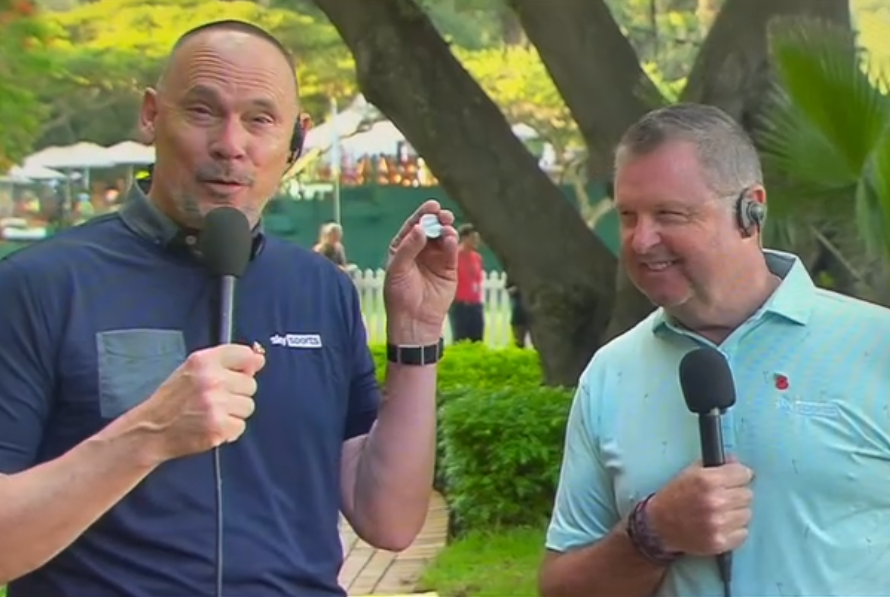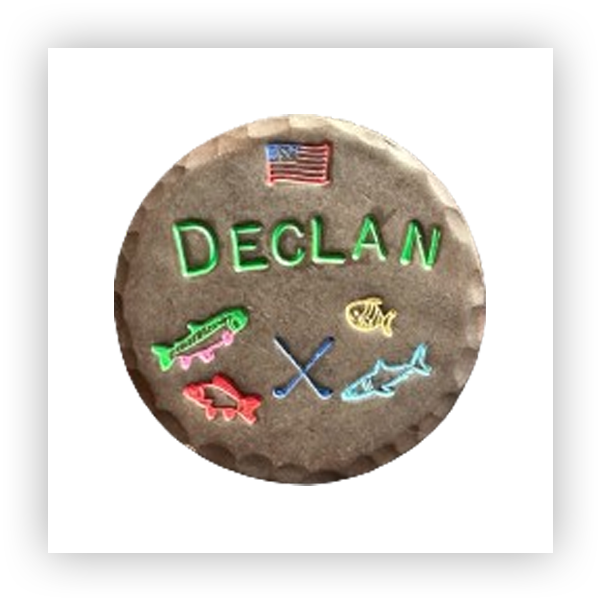Mastering Golf Ball Markers: Expert Tips on Customization, Visibility, and Pro Techniques
Golf is a game of precision and personalization. At Golf Life Metals (GLM), we’ve had the honor of creating custom golf ball markers for an impressive roster of professional golfers, including Rory McIlroy, Tiger Woods, and Jordan Spieth.
If you’re looking to elevate your game with the right tools and insights, you’re in the right place. In this guide, we’ll cover everything you need to know about golf ball markers, including what professionals use, what you’re allowed to mark your ball with, and the best practices for marking your golf ball.
What Do Pros Use as a Ball Marker?
Professional golfers often use ball markers that reflect their personal style or brand. Here’s what you’ll find in their gear:
- Custom Markers: Many pros use custom ball markers that are personalized with their initials, logos, or unique designs. For instance, at Golf Life Metals, we’ve designed custom markers for top players like Rory McIlroy and Tiger Woods, allowing them to incorporate their own branding or personal touches.
- High-Quality Materials: Pros typically use markers made from high-quality materials such as metal or premium plastic. These materials ensure durability and a professional look on the green.
- Functional Design: The design of a professional ball marker often includes practical features, such as being easy to spot and handle, which helps maintain consistency in their game.
What Are You Allowed to Mark Your Golf Ball With?
According to the rules set by golf’s governing bodies, here’s what you can use to mark your golf ball:
- Approved Markers: You are allowed to use any object that can clearly indicate the position of your ball. Common options include coins, small discs, or specially designed ball markers. The key is that the marker should not be larger than necessary and should not provide an unfair advantage.
- Personalized Markers: Many golfers choose to use personalized markers to add a touch of individuality. At Golf Life Metals, our custom markers allow for personal inscriptions and unique designs, making them both functional and stylish.
- Regulatory Compliance: Ensure that the marker does not interfere with the ball’s play or create a hazard. It should be easily identifiable and placed in a manner that adheres to the rules of the golf course.
What Color Should I Mark My Golf Ball?
The color of your ball marker or the marking on your golf ball can impact visibility and personal preference:
- High-Contrast Colors: Choose colors that contrast well with the golf ball’s surface to make the mark easily visible. Common choices include black, red, or blue, which stand out against white or colored balls.
- Personal Preference: Opt for colors that are easy for you to see and that do not blend in with the background. If you prefer a more personalized touch, consider using colors that match your ball marker or other gear.
- Visibility: Ensure that the color you choose does not obscure the ball’s alignment aids or performance features. It should be noticeable without being distracting.
How Do You Mark a Ball?
Marking your golf ball is essential for consistency and identifying your ball on the course:
1. Choose a Marker: Use a small, flat object such as a coin or a custom ball marker. Make sure it’s easily identifiable and meets the rules of the golf course.
2. Position the Marker: Place the marker directly behind the ball on the green to indicate its position. This helps you lift and clean the ball without losing its exact spot.
3. Lift and Clean: After marking the ball, lift it carefully and clean it if necessary. Then, replace it exactly where it was marked.
4. Remove the Marker: Once the ball is replaced, remove the marker from the green to avoid any interference with play.
How Do You Mark Lines on a Golf Ball?
Marking lines on a golf ball is a common practice for alignment and personal preference:
1. Use a Permanent Marker: A fine-tip permanent marker is ideal for drawing lines on your golf ball. Choose a color that contrasts well with the ball’s surface.
2. Align the Ball: Place the ball on a flat surface and use a ruler or alignment tool to draw straight lines. Common markings include a line around the equator or a line pointing towards the target.
3. Personalize Your Design: You can create custom designs or patterns for additional alignment aids. This can include multiple lines or symbols that help with aiming and stroke consistency.
4. Test for Visibility: Ensure that the lines are clear and visible when the ball is in play. They should be easy to see without obscuring any important features of the ball.
At Golf Life Metals, we offer a range of customizable ball markers and divot tools designed to meet the needs of every golfer. Our custom order page allows you to create your own personalized designs, while our YouTube channel provides additional tips and insights into golf accessories.
By understanding these key aspects of golf ball markers and customization, you can enhance your game and showcase your personal style on the course.




